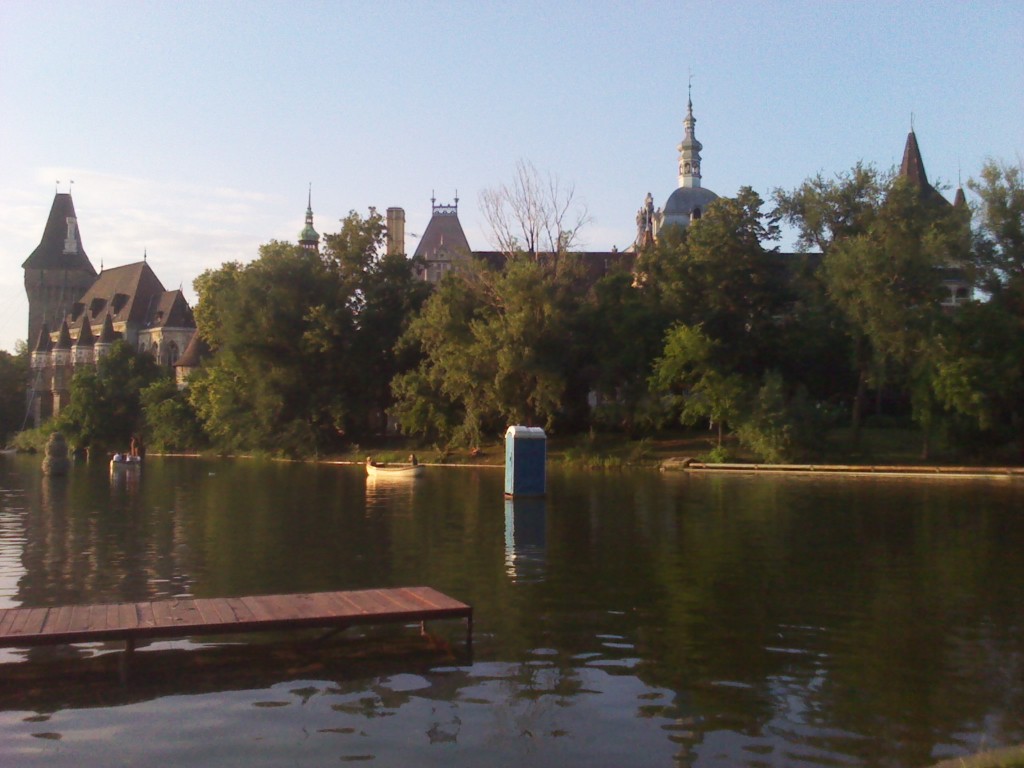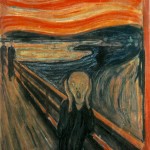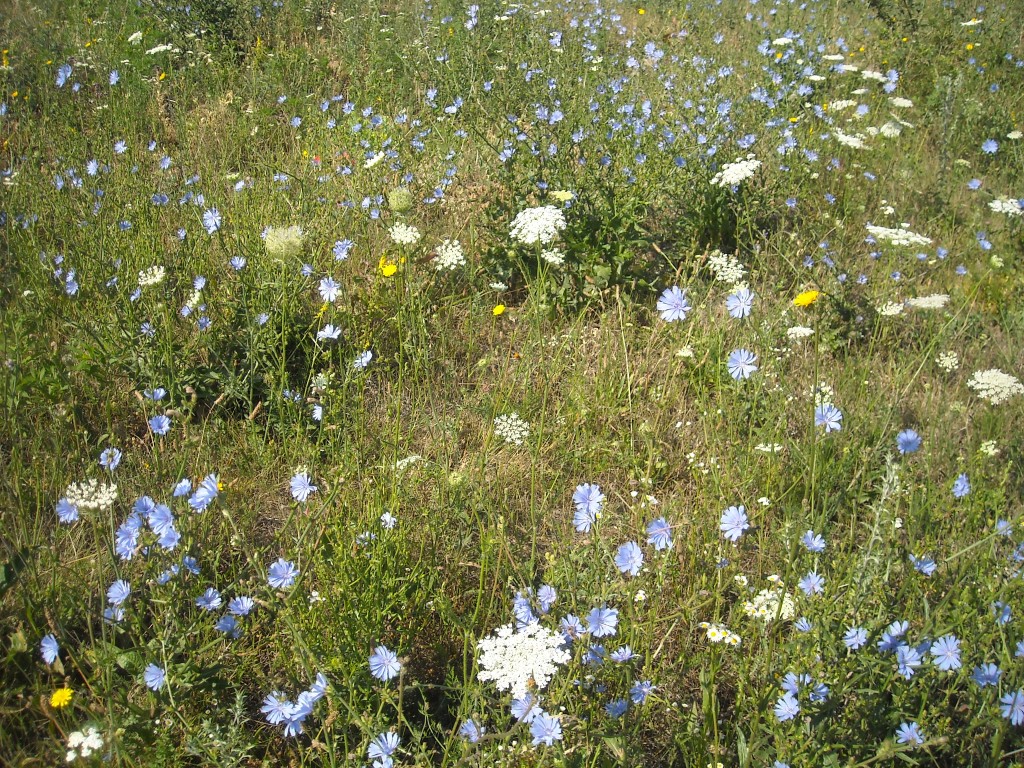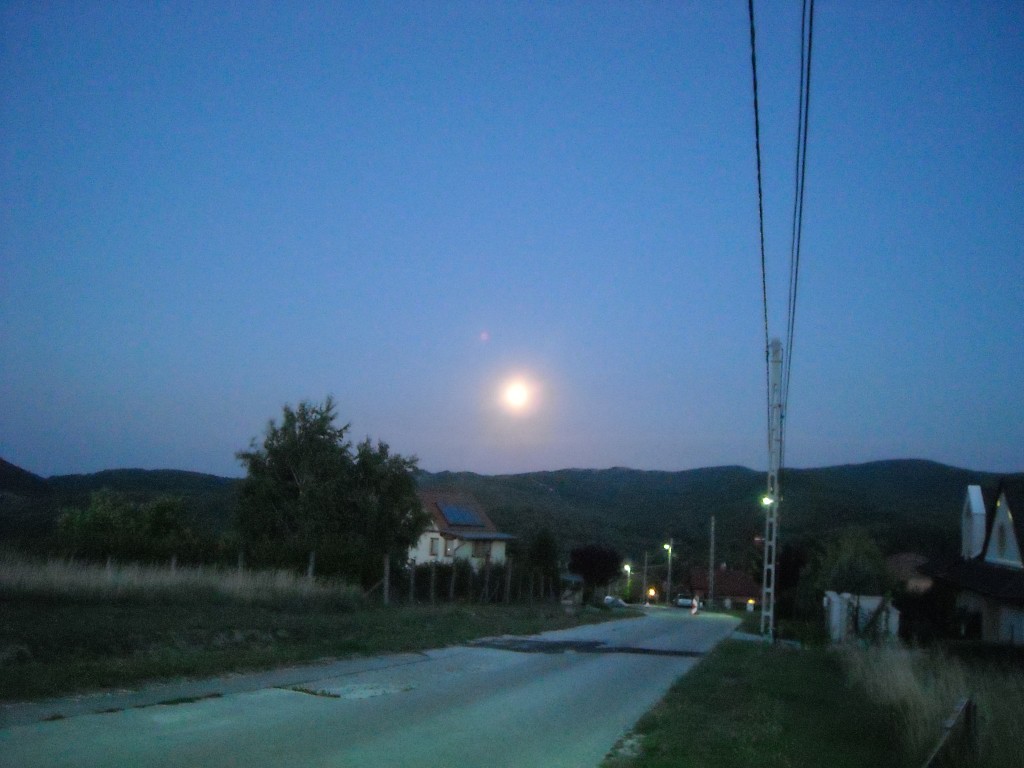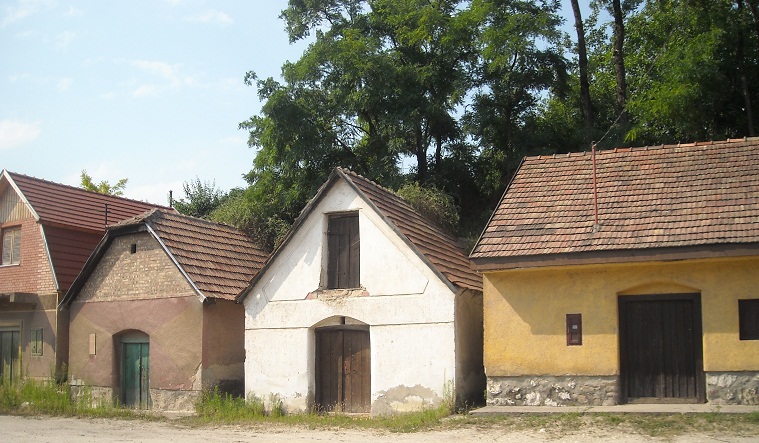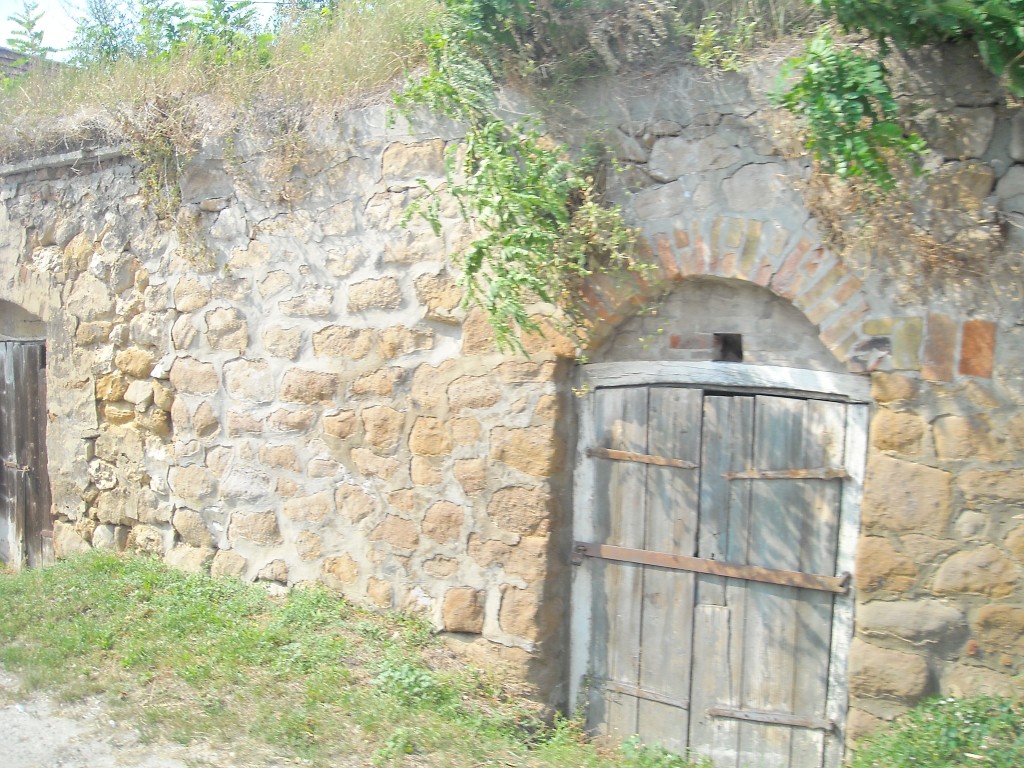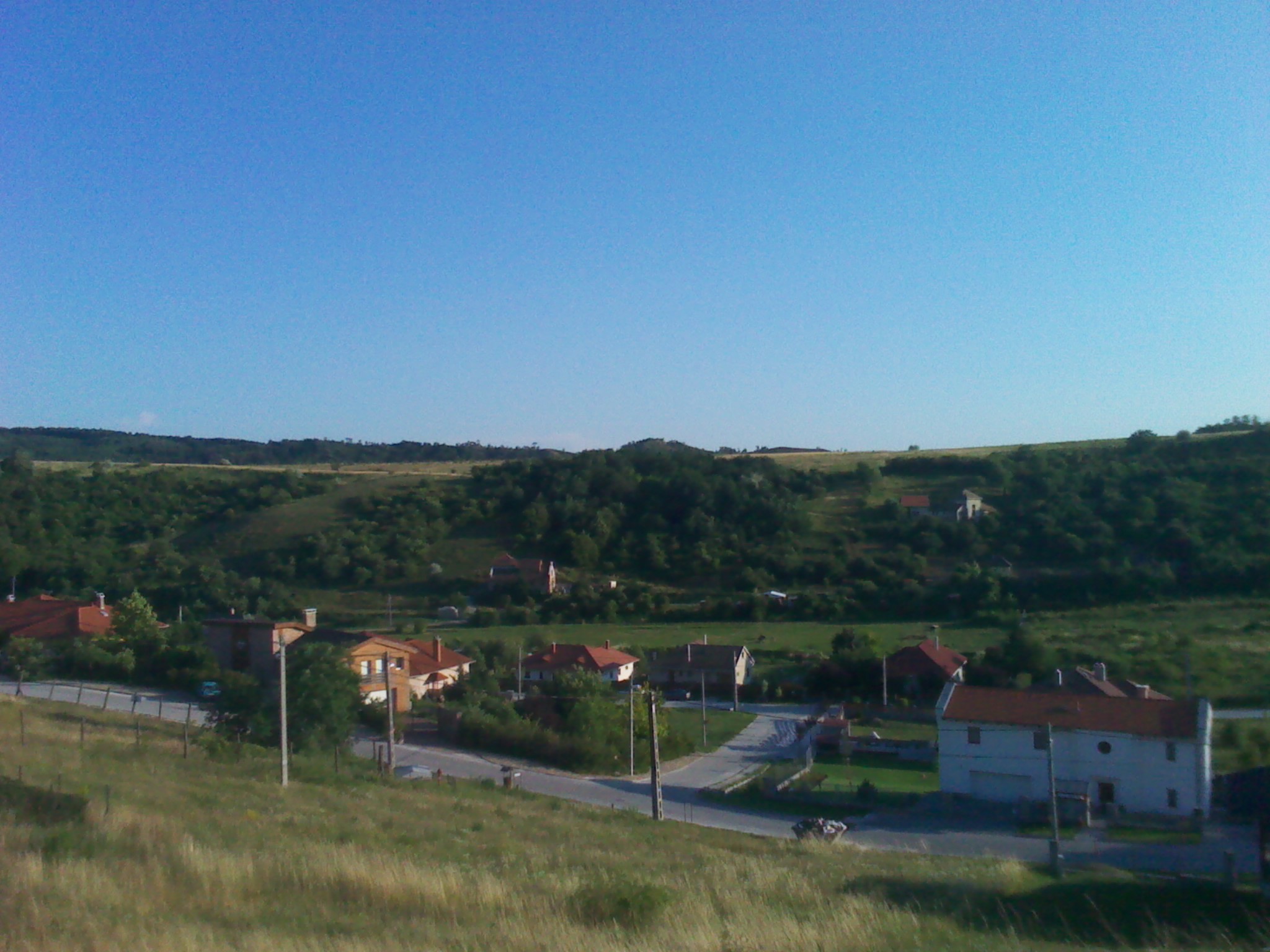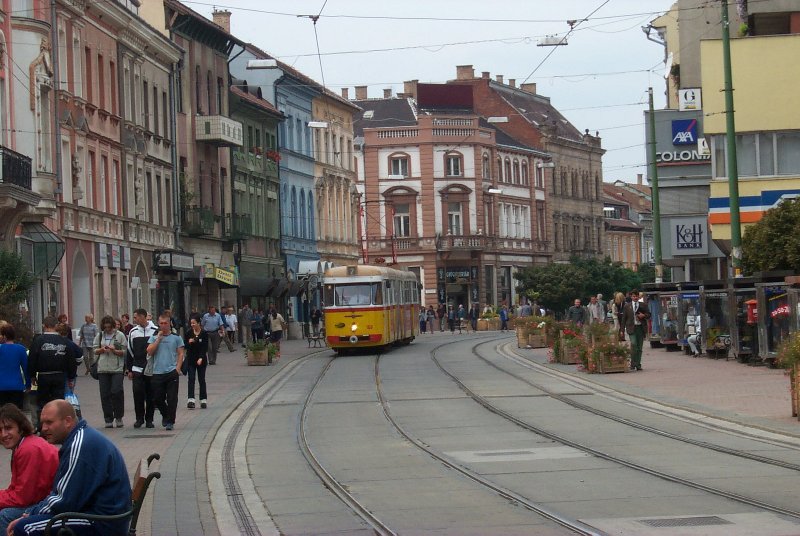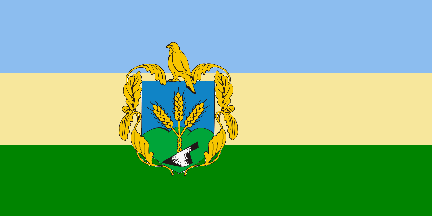Revisiting Vajdahunyad Castle
After a long afternoon in Budapest’s Varosliget park, we wound up almost by chance at Vajdahunyad Castle, where we had our wedding party four years ago. Diana was only there in the womb back then, and Esther wasn’t even a twinkle in the eye. This time, Diana romped and played like crazy with other children at the lakeside cafe. The place is just as magical now – even more, if anything.
The weird Portakabin in the middle of the lake is a real toilet – a sculptural installation of some kind. How’s that for added romance?
New poem
Esther’s first dance
Our daughter pulses in my arms,
my dance partner in a slow dance
to end over a decade later
with her head on someone else’s shoulder;
but while she’s still small, I support
her little head and infant weight
eye to eye at shoulder height
till she can stand on her two feet.
Sympathy for Norway
There is only one way I can think of personally to adequately respond to the horrible events in Norway: to celebrate all that is best and most marvellous in Norway’s culture and traditions.
[Top]A morning field of cornflowers
This is how the empty building plots at the end of our lane look in the morning: a carpet of cornflowers. And by the afternoon, they’re all closed again.
Apparently, the cornflower is not only France’s equivalent to the poppy in England, and the national flower of old Prussia, but is also the symbol of pan-Germanist ideas and Austria’s Freedom Party. No floral politics here!
[Top]The great full moon over Piliscsaba
Just coming up at sunset … actually a lot darker surroundings than it looks here
[Top]The wine caves of Kesztölc
Courtesy of our good friend Csziszi, the saxophonist of Tátrai Band, I just took a drive west of Piliscsaba to the little wine village of Kesztölc, nestling under the eaves of the Pilis Hills. Its lanes are lined with huddled plaster cottages, and every so often, wine caves, entrances to cellars, windowless or with narrow loopholes either side of their low arched doors, ivy or vines crawling over their stonework.
The whole village is devoted to wine. Grapes grow in the roadside verges, beside the ditches and flowers. Small restaurants and wine shops, their gardens shaded by trellises, are everywhere. All the greenery gives the village a feeling of freshness even under the full glare of the Hungarian sun on a summer afternoon. And above are the bare chalky flanks of the Pilis Hills, whose limey soil nurtures the grapes and gives the local wines their flavour.
It was a beautiful afternoon. The sun was shining, the breeze was fresh, Diana was asleep on the front seat between us. Heaven. I came home buzzed with far more than just sunshine and wine.
[Top]Moving house … again
Our former landlord, who was a jerk as well as a builder of shabby and flimsy houses, found a buyer for our old place and asked us to move out – only two months after we moved in. Luckily, a friend here put us in touch with a local estate agent who found us a cheaper, better place higher up the wall of the same valley in Piliscsaba. So here we are with a much better view. Perhaps eviction is the best thing after all sometimes …
This is the view from our new house:
[Top]An interlude in Miskolc
Last week we spent a few days with my wife’s aunt in Miskolc, Hungary’s fourth largest city, two hours from Budapest by train in the north-east of the country. It’s a city that has a reputation of being something of a rundown Communist-era industrial centre, but that doesn’t do its historic old quarter justice by any means. The old city is a gem of Austro-Hungarian civic comity, all plaster, wrought iron and cobbles. It’s also scrupulously well-maintained. (Just shut your eyes on the journey in from the station.)
[Top]R.I.P. Patrick Leigh Fermor
Patrick Leigh Fermor has died, at the grand old age of 96. For any English reader who knows Hungary and Translyvania, his fabulous travel narrative Between the Woods and the Water will always be a first point of departure. He was one of the last outside witnesses to the afterglow of Habsburg empire in Central Europe, before its glorious ethnic and cultural patchwork was erased forever by Nazism and Communism. Apparently a third volume in the same series is due for publication soon. May his work, and the society he chronicled, live forever in memory.
[Top]
